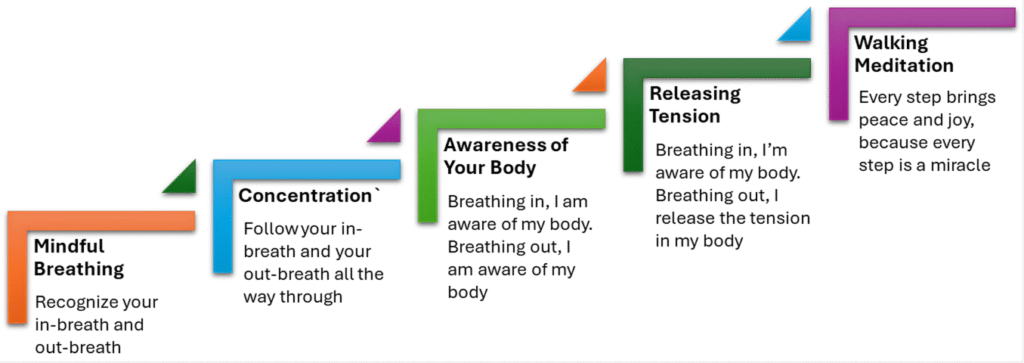Not so long ago, I found myself stuck in evening traffic after a long day of back-to-back meetings, boardroom negotiations, and relentless email firefights. My smartwatch buzzed with its usual instruction: “Time to stand up”. I laughed. How exactly was I supposed to stand in the driver’s seat, wedged between a bus and an auto rickshaw?
I was seconds from irritation when something unexpected caught my eye. Just beyond the windshield, a group of street kids were dancing around the traffic lights, barefoot, uninhibited, completely immersed in the joy of the moment. No phones, no deadlines, no “urgent” CC’d emails. Just presence. And for a few brief moments, I forgot the grind.
That 90-second pause at the traffic light did more for me than any productivity hack ever had. It planted a question in my mind: What would it mean to bring that level of presence, of attention, to my professional life?
Why Mindfulness Isn’t Just for Monks or Yoga Retreats
When people hear “mindfulness”, they often picture incense, Himalayan retreats, or app-based meditation timers. But here’s the thing: some of the most mindful people I’ve met wear suits, sit on audit committees, and run billion-dollar budgets.
Mindfulness, as I’ve come to understand it, isn’t about escaping reality. It’s about showing up, for what reality is presenting you. Whether that’s a difficult board conversation, a risky strategic decision, or a hard truth about your own leadership style.
Thich Nhat Hanh, the revered Zen master, described mindfulness as “being fully present and engaged in the moment, without judgment”. That definition has served me well, not just on a meditation cushion, but in the C-suite and across meeting room tables.
Let me walk you through how I’ve adapted his five principles to professional life.

1. Breathing before Speaking
I’ll be honest. I learned this one the hard way. In high-stakes moments, when tempers flare and tensions rise, I’ve had instances where I spoke too quickly and regretted it almost immediately. That’s where mindful breathing became a game-changer. Just pausing to notice the breath, inhaling and simply acknowledging that you’re breathing in; exhaling and being aware that you’re breathing out, can shift the entire emotional landscape. It brings you back to the present, settles the noise in your head, and creates just enough space to choose your next move wisely.
Mindful breathing isn’t about Zen vibes. It’s about choosing your response rather than reacting out of habit. In leadership, that’s often the difference between earning trust and eroding it.
2. Concentration Amidst Chaos
One of my seniors once told me, “I can’t concentrate in meetings anymore, too many inputs”. I get it. Phones ping. People multitask. Attention has become a scarce resource.
Mindful concentration means giving the present moment your full bandwidth. No half-listening. No “just checking Slack”. Whether you’re reviewing financials or mentoring a rising leader, being fully present sends a signal: This matters.
And believe me, people notice. Over time, this practice also deepens your sense of peace and calm.
3. Listening to Your Body and the Signals It’s Sending
Early in my career, I wore stress like a badge of honour. Late nights, endless travels, meals skipped. Eventually, my body pulled the handbrake: burnout.
Mindfulness invites you to notice the warning signs your body sends before they become crises. Notice how it feels with each inhalation and exhalation. A tight jaw in a meeting? That’s data. A racing heart during a presentation? That’s feedback.
These signals aren’t distractions, they’re intelligence. Tune into them because this awareness fosters harmony between your mind and body, grounding you firmly in the present moment.
4. Letting Go of What No Longer Serves
I used to hold onto everything. Resentments, failures, even outdated strategies. But leadership, like breath, is about knowing when to hold on and when to let go.
Mindfulness teaches release of tension in your body. As you breathe in, recognize any areas of stress or discomfort. As you breathe out, consciously let go of that tension. Sometimes it’s physical, relaxing tension in your shoulders before a talk. Other times, it’s emotional, releasing the ego when feedback stings. Either way, the result is the same: peace and clarity.
5. Walking with Intention
In my previous engagement, my global CEO used to do many of his one-on-ones as walking meetings. “People open up more when we’re side by side” he said.
Mindful walking is walking slowly, paying attention to each step. Feel the ground beneath your feet and the sensations in your body. And there’s something powerful about mindful walking, not just in the physical sense, but in how we approach the world around us. Walking into a boardroom. Walking away from a toxic deal. Walking toward something unknown, but necessary.
When we walk with intention, we bring gravitas, and even a short walk can become a source of healing and happiness.
Small Shifts, Big Impact
Mindfulness doesn’t require dramatic change. You don’t need to overhaul your schedule or chant on a mountaintop. What it does ask for is consistency. A pause before the day starts. A breath before the next decision. A moment of presence when it would be easier to check out. Start with small steps, and gradually, mindfulness will become a natural part of your daily routine.
And here’s the real payoff: the more mindful I’ve become, the better I’ve listened. The clearer my judgments. The calmer my leadership presence. It’s not about slowing down, it’s about showing up more fully.
As Thich Nhat Hanh said, “The present moment is the only time over which we have dominion”.
So, next time you’re caught in traffic or sitting through a long committee meeting, ask yourself: What am I missing in this moment that might actually matter?
Sometimes the most valuable insights aren’t in the agenda, they’re in the space between.
Credit: The five steps to mindfulness are adapted from Thich Nhat Hanh’s article on mindful.org

